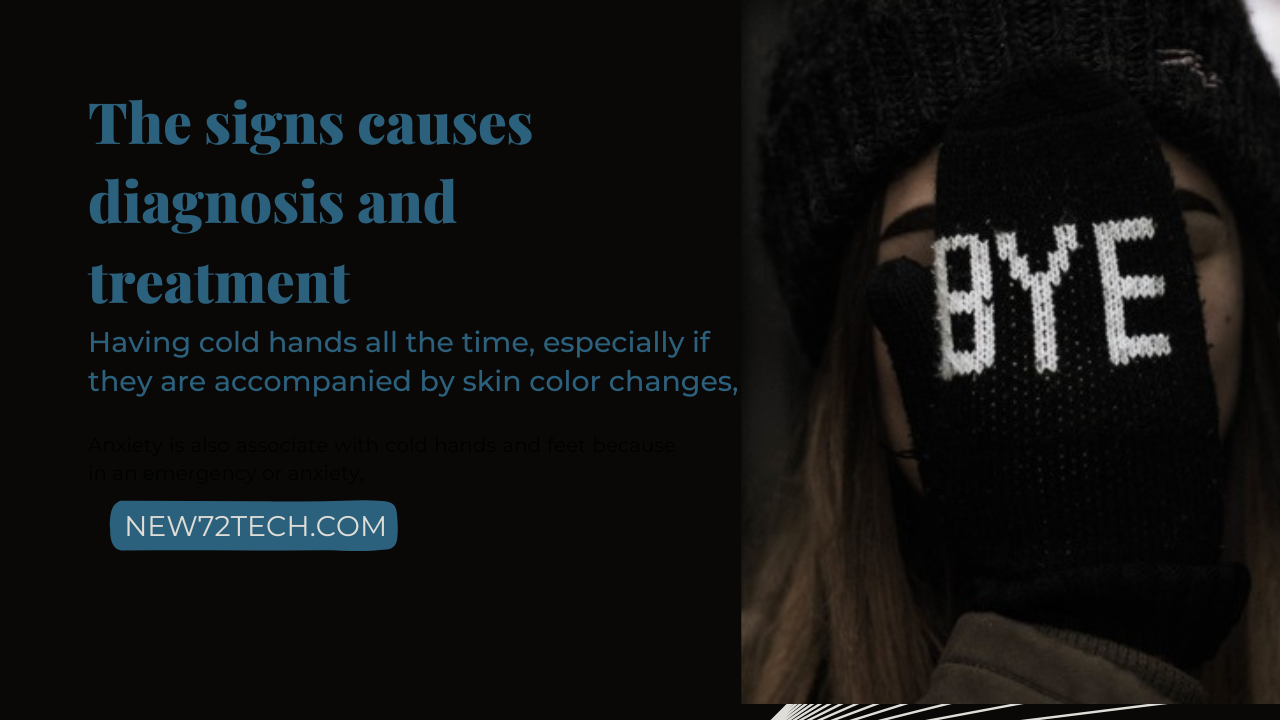Everything has a role in the ever-changing healthcare industry. Even the clothes that healthcare workers wear. why do healthcare professional wear uniform at work The uniforms that physicians. Nurses. And other healthcare workers wear are not only for show or tradition. They have many functions that affect patient care, safety, professionalism, and group cohesiveness. In this piece, we examine the benefits—both material and immaterial—that come from wearing a uniform for healthcare workers.
Building Mutual Confidence and Trust
Building patient confidence and trust is one of the main purposes of healthcare professional attire. Patients quickly identify healthcare personnel in uniform as the people who are in charge of their treatment. In the healthcare sector, the uniform fosters a sense of security and reassures patients by symbolizing authority, expertise, and reliability. In times of illness or injury, this visual signal is extremely helpful in reducing feelings of fear and uncertainty.
Encouragement of Infection Prevention
Infectious illness outbreaks are possible in healthcare settings. Healthcare personnel are protected from potentially dangerous diseases by wearing uniforms. which is why they are essential to infection control efforts. Frequently composed of materials that are simple to clean and disinfect, contemporary healthcare uniforms reduce the possibility of patient-to-patient cross-contamination. Standardized uniforms also lessen the possibility of outside pathogens entering clinical settings. Making the healthcare environment safer for both patients and employees.
Maintaining Accountability and Professionalism
In the healthcare industry, uniforms act as a visible symbol of professionalism and responsibility. Healthcare workers show their dedication to their tasks and responsibilities by dressing in uniform. Healthcare teams benefit from uniforms because they foster a sense of cohesion and unity that supports the goal of delivering top-notch patient care. Additionally, uniforms remove the distraction of choosing one’s own clothes, freeing up healthcare personnel to concentrate solely on their work and patient relations.
Encouraging Recognition and Interaction
Clearly identifying staff members is crucial for efficient communication and care coordination in busy hospital settings. Patients, guests, and coworkers may easily distinguish between various jobs within the healthcare team thanks to uniforms. This identification eventually improves patient outcomes by facilitating smooth communication and encouraging interdisciplinary collaboration. To further streamline workflow and communication, uniforms frequently include color-coded components or badges to indicate particular responsibilities or areas of expertise.
Improving Security and Safety
Healthcare facilities are safer and more secure because of the unique look of their clothing, individuals who are not permitted and could endanger patient safety or hospital security can be easily recognized by patients and hospital staff. Additionally, uniforms help create a controlled workplace where people without the right identification or authorization stand out. Enabling quick action if needed. This part of wearing a uniform promotes everyone’s safety and well-being in the healthcare environment.
Developing a Patient-Centered Approach
Modern healthcare delivery is based on the fundamental premise of patient-centered care. Through the reduction of obstacles between patients and healthcare providers, uniforms contribute to the promotion of patient-centeredness. Healthcare professionals demonstrate their dedication to putting patients’ needs and preferences first by dressing in uniforms. Why do healthcare professional wear uniform at work Patient satisfaction rises as a result of this alignment because it promotes open communication, empathy, and trust between patients and healthcare professionals.
Reflecting the Culture and Values of the Organization
Healthcare organizations’ principles and culture are often reflected in the design and style of their uniforms. Uniforms serve as a visual expression of organizational identity, whether it’s a branded uniform representing a particular healthcare facility or a classic white coat denoting clinical skill. why do healthcare professional wear uniform at work The organization’s ideals, objectives, and standards of care are reinforced by this uniform dress code, which benefits patients and the community as well as staff members internally.
In summary
In conclusion, there are many more uses for healthcare professional uniforms than just adhering to dress codes. Trust-building, infection control, professionalism, responsibility. Identification and communication facilitation, safety and security enhancement, patient-centered care. And reflecting organizational values and culture are all made possible by them,understanding the importance of uniforms in the healthcare industry allows us to recognize how they contribute to the development of favorable conditions that support great patient outcomes and the provision of the best possible care. Not only are uniforms functional clothing. But they also serve as emblems of commitment, expertise, and empathy in the admirable endeavor of health and well-being.




